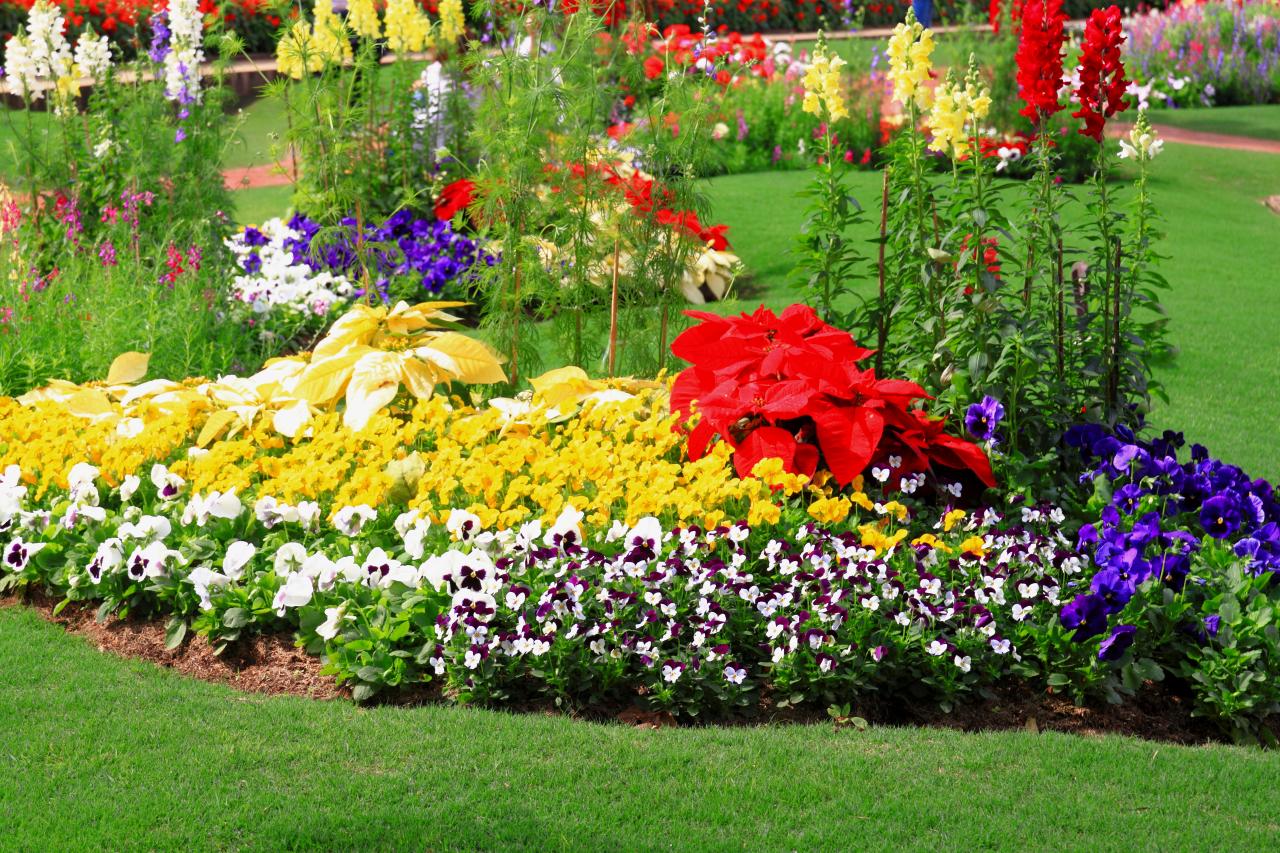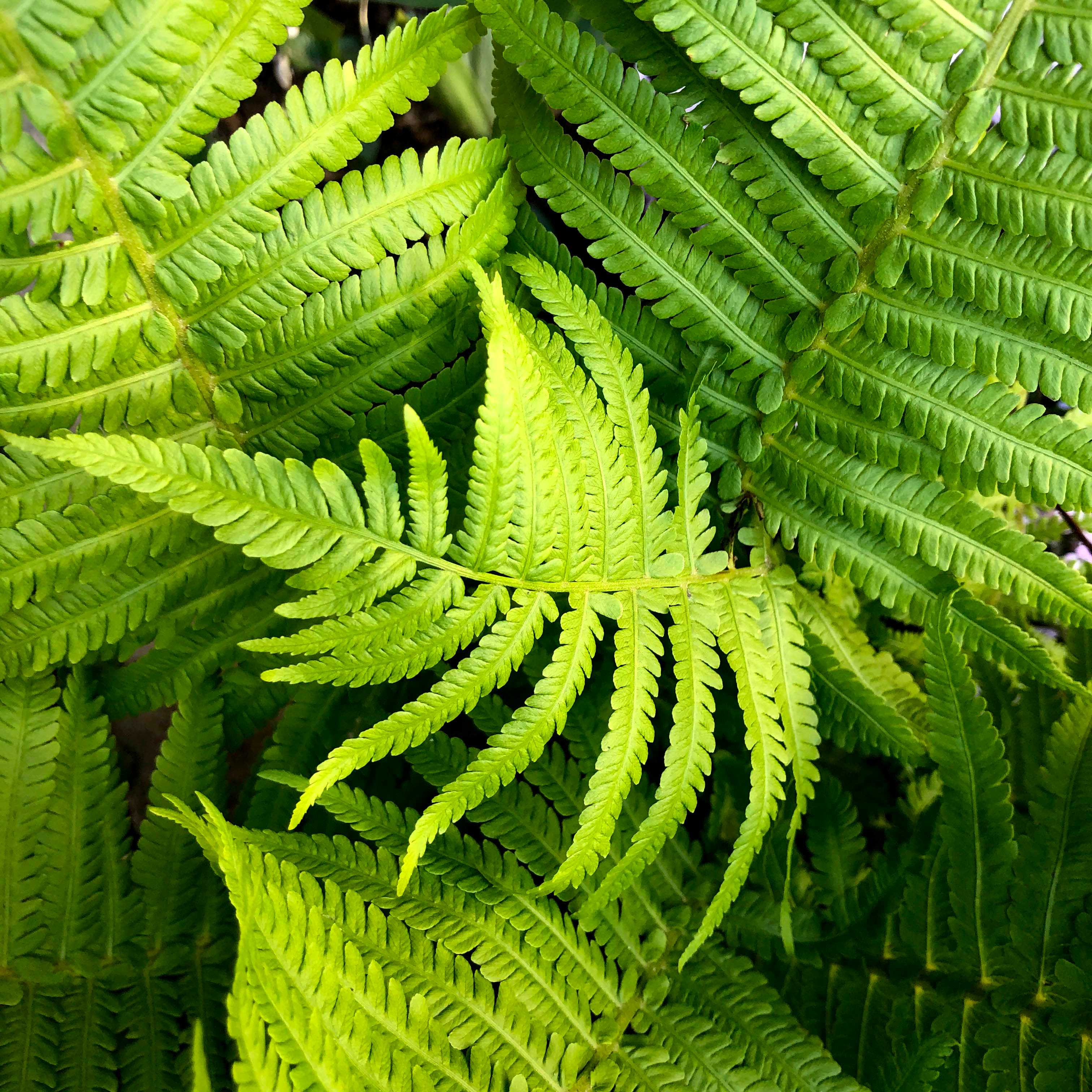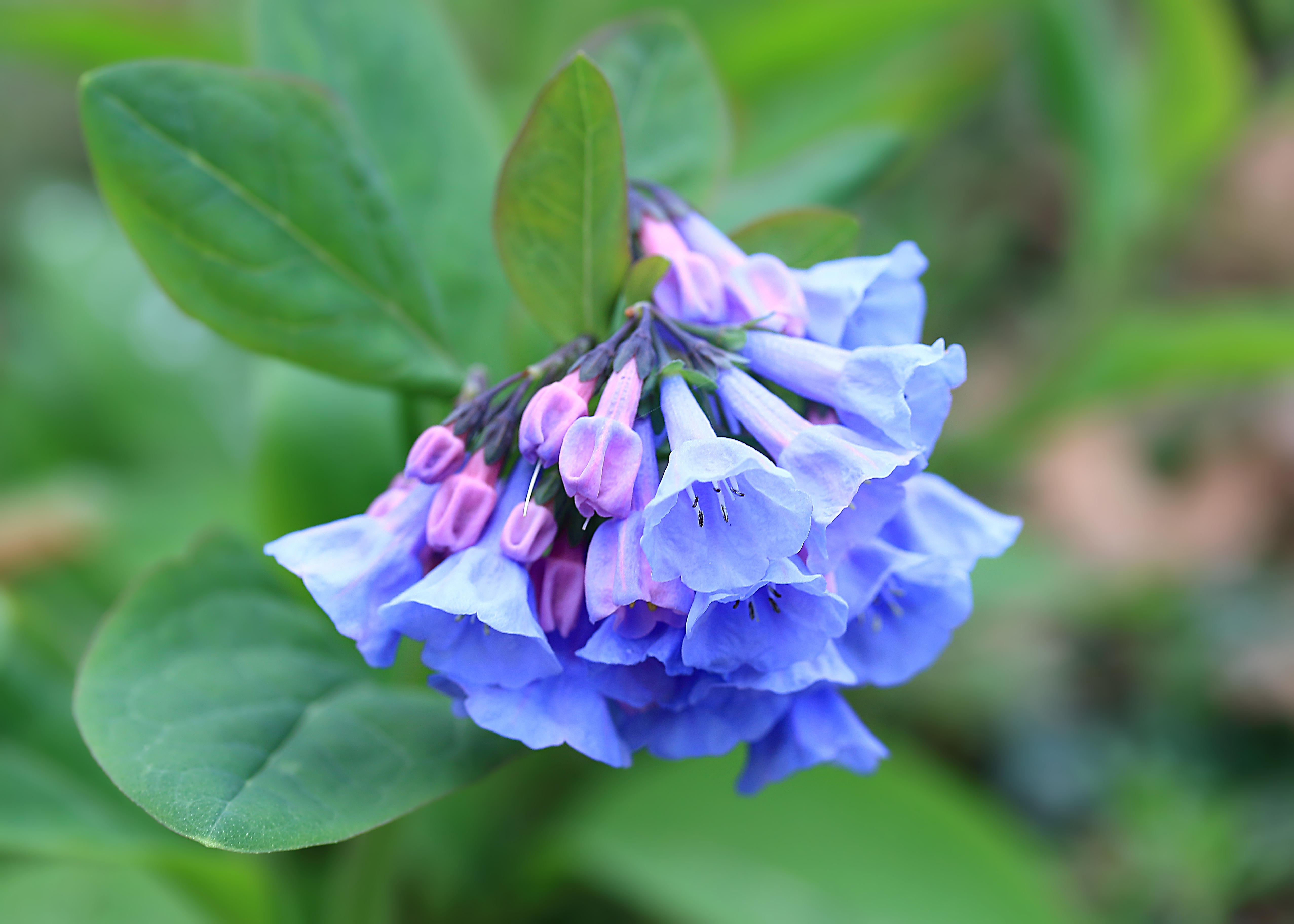20 Perennial Flowers Sure to Make Your Garden Stunning
Dec 22, 2022
20 Perennial Flowers Homeowners Must Grow
Perennials are plants that live for several years. They produce long-lasting blooms and do not need to be replanted yearly, as some annuals do. Learn about the 20 perennial flowers that will survive in different climates.
This perennial flower features tall stems and orange flowers with red spots. The flowers have curved petals, and the plant usually contains 40 flowers. This plant is native to the southern New Hemisphere, including Alabama, New York, Massachusetts, and Georgia. Turk's cap lilies bloom in July, August, and September.
This is a perennial plant native to North America's eastern woodlands. It usually blooms in Spring and grows to be about 12 inches tall. The flowers are generally white or dark pink, and the plant has bright green leaves. This plant contains chemicals that can repel insects such as mosquitoes.
Lily of the Valley has beautiful flowers with soft white blooms that are bell-shaped. They spread quickly, making this perennial a great ground cover. Lilly of the valley is common in Canada, the US, and some parts of Europe.
It is a perennial plant that grows best on slopes or rocks, and it makes a perfect ground cover and tolerates full sun very well. Creeping Phlox comes in various purple, pink, white, and blue blooms.
5. Trillium
Trillium is a native perennial that thrives in the shade. They come in various colors, making the Trillium flowers the perfect choice for homeowners.
6. Foam Flowers
This plant has heart-shaped leaves, and it grows in coastal regions of the US. Foam Flowers have white, pinkish blooms that resemble cotton—one of the most unique in the garden.
This plant grows well in moist forests and ravines. People usually cultivate it because of its bright yellow flowers. Yellow wood poppy, also called wood poppy, usually grows from underground rhizomes and can attain 1.5 feet. The flowers have a single stigma and four petals and sepals. This plant produces pollen without nectar, and it blooms during the Spring.
8. Ferns
Ferns are perennial plants found in almost every type of soil and climate. Some ferns can be grown from seed, but most are grown from rhizomes. Ferns can be grown as annual or perennial plants; they last more than one year. They have beautiful green fronds.
This is a woody perennial plant that grows in North America. The perennial flowers grow in early Spring; you can grow Virginia Bluebells from layering or division. This is an all-time favorite of ours, and it has beautiful blue bell-shaped flowers and a powerful fragrance.
10. Goldenseal
It is also called yellow puccoon or orangeroot and grows in parts of North America. Goldenseal's stem is hairy and purplish, and its underground roots are yellow. This plant reproduces through the rhizome and takes about five years to attain sexual maturity.
11. Black Cohosh
Black Cohosh grows in Appalachian North America. It is widely sought after for its medicinal uses, and the Black Cohosh also makes a great companion plant for small perennials.
Lobelia cardinalis is a stunning red blooming perennial that reaches up to 4 feet tall. Also known as the Red Cardinal Flower, this plant thrives in wet areas.
This perennial flower is herbaceous, and it grows from a corm. Its species is highly variable; Jack in the pulpit usually grows between 30 and 65 centimeters in height, and its flowers are packed in a spadix and enclosed in a hood.
14. Bellwort
These wildflowers are also known as merry bells or bellflowers and are common on the Atlantic coast of North America. They have oval leaves and dangling yellow flowers. Bellwort perennial flowers are ideal for those who want a delicate foliage plant with a wild touch to their landscape.
15. Trout Lily
This flower dwells in the woodlands; it is native to the northern regions of the USA and is an ephemeral spring plant that forms colonies. This plant usually withers as summer arrives, and its foliage can be a seasonal groundcover and an excellent addition to garden pollinators.
16. Bloodroot
It is a perennial flower that grows in deciduous woodlands. Bloodroot is native to North America; it blooms when Spring arrives and has rhizomes containing the alkaloid sanguinarine. Bloodroot has a large, 2-inch-sized white flower with eight cup-shaped petals.
This is a terrestrial perennial plant with fibrous rhizomes. Rattlesnake Plantain has 16 species in the western hemisphere and four in North America and can be found in woodlands and coniferous forests. It is a small orchid, about 15 inches across. Rattlesnake Plantain's leaves serve as medicine for treating wounds, cuts, and stiff muscles.
Adam and Eve Orchid primarily grow in some parts of the USA and Canada. It is common in the Great Lakes Region, the Upper Mississippi and Ohio Valleys, and the Appalachian Mountains. The Adam and Eve orchid has light to dark brown flowers that are sometimes purple at the bases of the petals and sepals. It blooms toward the end of May and early June. Its leaves have a dark green background and white veins.
19. Rue Anemone
It's a delicate woodland flower that rises to 9 inches. It has dark green leaves and reddish brown stems, and its top stalk usually parts into three. One can easily grow this perennial in their garden. Rue anemone blooms in March, April, May, and June and is found in most parts of the US and Canada.
20. White Violet
This perennial flower is found in North America and some parts of Europe. It grows by spreading and can therefore be a groundcover. This plant has vertical and horizontal stems that are located above the ground. White violet flowers grow well in woodlands, along borders, shade gardens, or rock gardens.

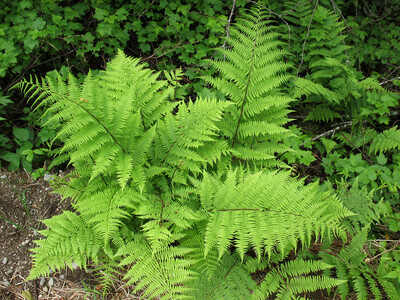 Native Ferns
Native Ferns
 Native Mosses
Native Mosses
 Native Perennials
Native Perennials
 Native Ground Covers
Native Ground Covers
 Native Trees
Native Trees
 Pollinators
Pollinators
 Shop Bloom Color
Shop Bloom Color
 Perennials By Zone
Perennials By Zone
 Medicinal Herb Plants
Medicinal Herb Plants
 Spring Bulbs
Spring Bulbs
 Trillium
Trillium
 Shop By Zone
Shop By Zone
 Flowering Groundcovers
Flowering Groundcovers
 Evergreen Groundcovers
Evergreen Groundcovers
 Ferns for Zone 3
Ferns for Zone 3
 Ferns for Zone 4
Ferns for Zone 4
 Ferns for Zone 5
Ferns for Zone 5
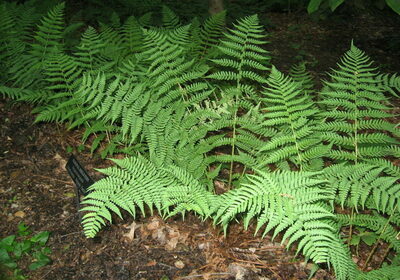 Ferns for Zone 6
Ferns for Zone 6
 Ferns for Zone 7
Ferns for Zone 7
 Ferns for Zone 8
Ferns for Zone 8
 Christmas bows
Christmas bows
 Fresh Wreaths & Garlands
Fresh Wreaths & Garlands
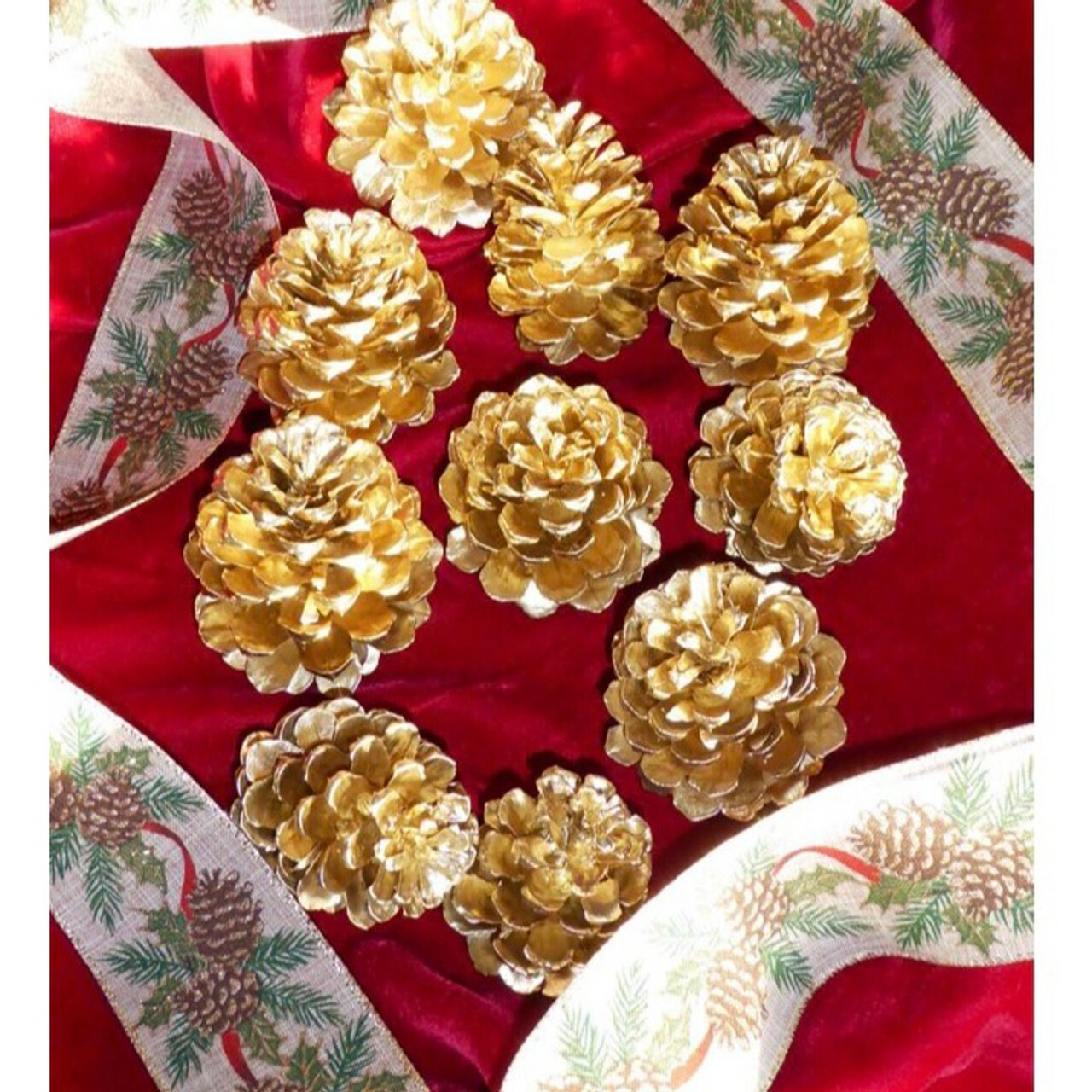 Large Pine Cones
Large Pine Cones
 Live Mistletoe
Live Mistletoe
 Moss
Moss
 Shop Trees By Zone
Shop Trees By Zone
 Tree Seedlings
Tree Seedlings
 Fast Growing Trees
Fast Growing Trees
 Pine Trees
Pine Trees
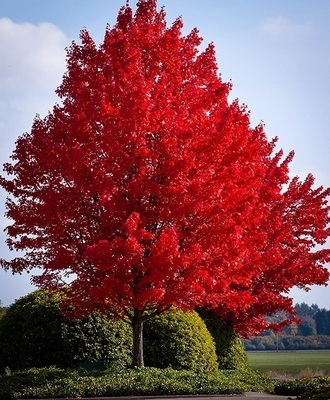 Live Stakes
Live Stakes
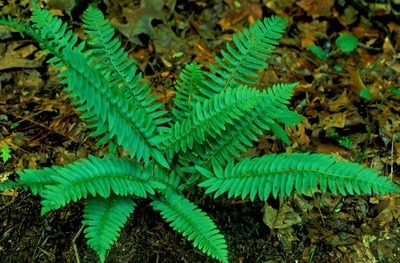 Evergreens
Evergreens
 Cactus
Cactus
 Combos
Combos
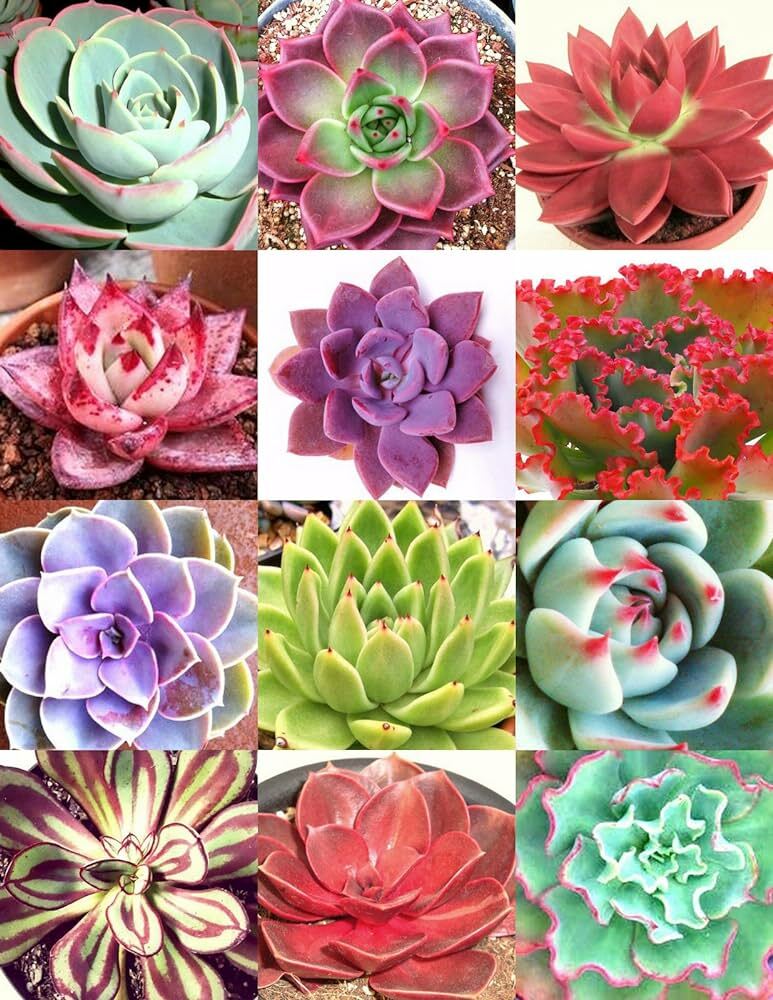 Echeveria
Echeveria
 Haworthia
Haworthia
 Sedum - Stonecrop
Sedum - Stonecrop

